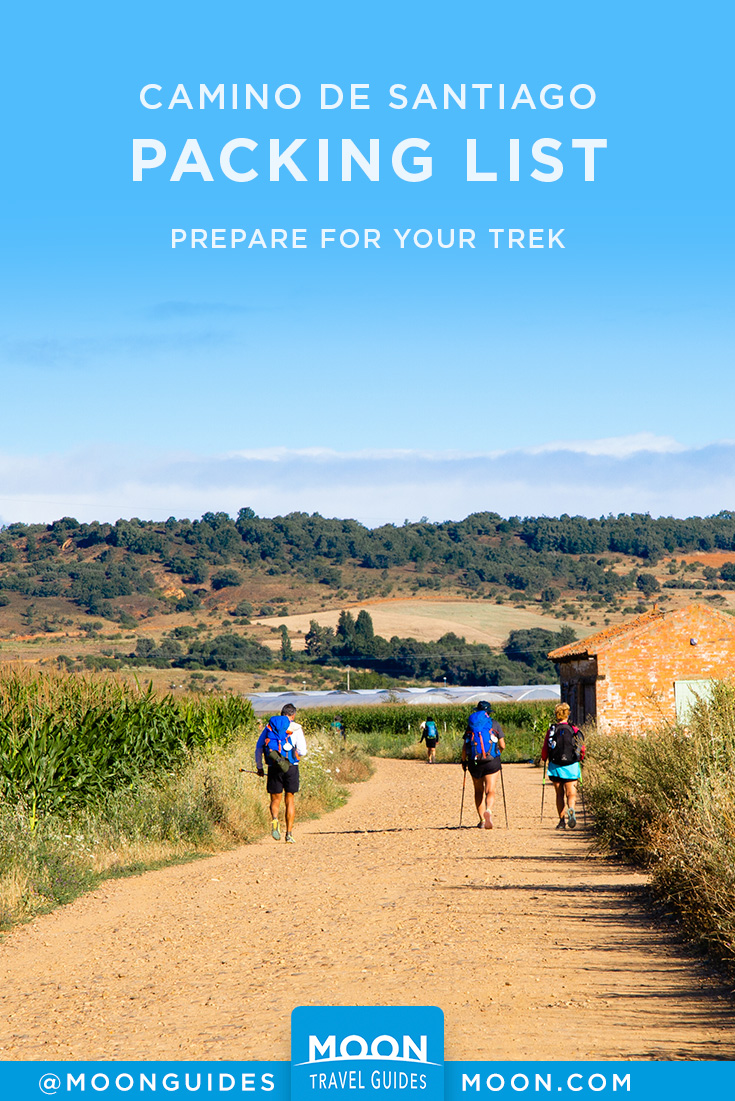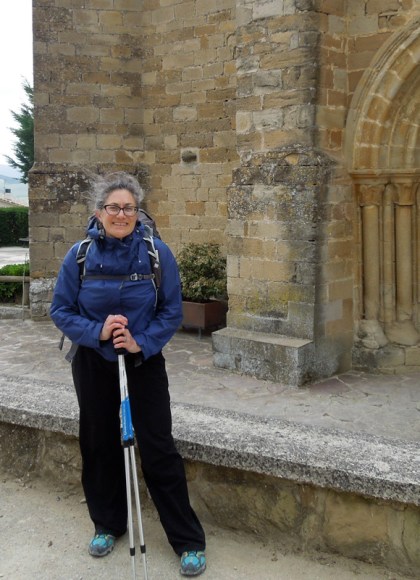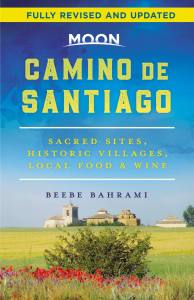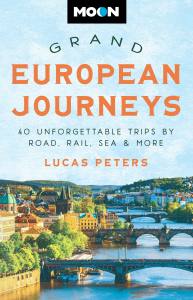The Essential Camino de Santiago Packing List
The Camino is well supported so you can keep your pack weight light, ideally carrying no more than 10-15 percent of your body weight. Be sure your pack’s final weight includes the 2-3 pounds of water and food you need to carry each day. Of all the gear that you’ll bring, the three most important items are trekking shoes, such as light hiking shoes or sturdy cross trainers, that you’ve broken in and that fit you perfectly; socks designed for blister prevention; and a good, light moderate-sized pack. The Camino is pretty much a cash economy, and it’s a good strategy to have an average of €200 in your pocket, replenishing at ATMs along the way in cities, towns, and some large villages.
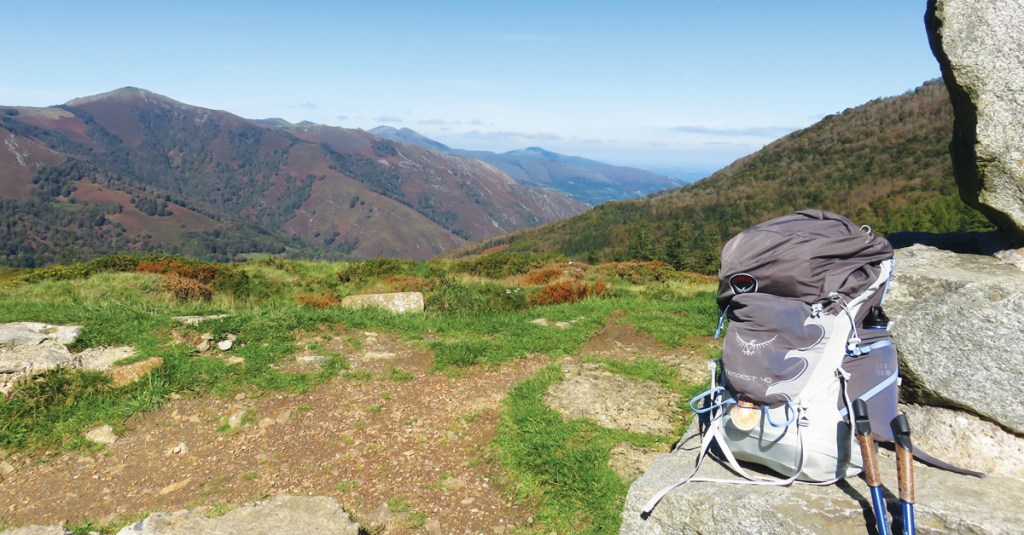
Essential Gear to Pack
- Light pack (40L/2,440 cu in or less) that fits your body well.
- Water bottle(s) that can carry a minimum of 1.5 liters (1 half-gallon). I prefer two lightweight stainless steel bottles to camelback water reserves, because they are easier to clean thoroughly and don’t taste of plastic.
- Trekking shoes, such as light hiking shoes or sturdy cross-trainers.
- One (1) pair of after-trekking shoes that can double as slippers in albergues and about-town shoes for dinner. Flip-flops or Tevas can be good for the shower.
- Three (3) pairs of double-layer socks, so that you have one clean, dry pair at all times, in case it rains or you step in a puddle.
- Two (2) pairs of quick-dry hiking pants, one that can be rolled up to serve as shorts or capris.
- Two to three (2-3) tee-shirts (1-2 short-sleeve and 1-2 long-sleeve, depending on season). I prefer cotton to moisture-wicking fabrics, which stink after a few days, even after being washed.
- One (1) lightweight sweater or fleece: a cashmere sweater is as light and practical as fleece, layers well for lightness and warmth with t-shirts and a rain jacket, gets smelly less frequently, and looks elegant in the evening.
- One (1) rain poncho that can double as a picnic blanket or seat.
- Three (3) pairs of quick-drying underwear.
- Two (2) bras for women, ideally comfortable sports-style bras.
- Sun hat (for spring to fall).
- Warm cap and gloves (winter).
- Sunglasses.
- Sunscreen.
- First aid kit.
Newsletter Signup
By clicking ‘Sign Up,’ I acknowledge that I have read and agree to Hachette Book Group’s Privacy Policy and Terms of Use
Essential Gear for Albergues:
If you’ll be sleeping in albergues (rather than hostels, rural inns, or hotels), you’ll also need:
- A lightweight sleeping bag, gauged to the season you are walking, and/or a sleeping-bag sheet as an extra layer for winter nights (and as the sole sleeping gear for summer nights). I have a 20-ounce three-season sleeping bag, and when I use a sleeping sheet, I use one treated with permethrin as an added barrier against bedbugs. (Prolonged use of permethrin is not advised.)
- A traveler’s towel or a cotton bandana that doubles as towel and headgear, preferably one that dries quickly.
- A small dry sack (ultra-light, such as Sea To Summit’s 2-liter sack) for your valuables (passport, wallet, phone, camera) to take with you to the shower in albergues that lack lockers.
- A head lamp in case you need to go downstairs at night to get to the bathroom.
Optional Gear:
- A lightweight cotton scarf for warmth, sun protection, coverage when you get out of the shower, or to use as a sheet over an albergue bunk bed. This can also serve to cover bare shoulders when entering a church.
- A rain jacket that also doubles as an extra layer for wind or added warmth.
- A light but warm jacket if you are walking in winter.
- Ultra-light dry sack the size of your pack (such as Sea to Summit’s 35-liter sack) to line the inside of your pack, which will assure it stays dry in hefty rain. It also serves double-duty as a pillow when stuffed with clothes, as a laundry bag, and as an outer-pack shell (if you have to check your pack on an airline) to protect the straps from tear.
- A compass. Consider jettisoning all modern tech (it will lighten your load) and learn to use an old-fashioned, lightweight compass. Hook it onto your pack and feel very much the explorer.
- A guidebook with maps (i.e. Moon Camino de Santiago).
- A journal and pen.
- A camera with extra memory cards (available on the trail but sometimes hard to find).
- A smartphone, or a simple flip phone for emergencies. (You can buy a simple phone for very little in Spain and top up minutes as you go.)
More outdoor adventures await in Europe
Get inspired and get ready for adventure with the ultimate guide to Europe’s best trips!
Newsletter Signup
By clicking ‘Sign Up,’ I acknowledge that I have read and agree to Hachette Book Group’s Privacy Policy and Terms of Use
Pin it for Later
